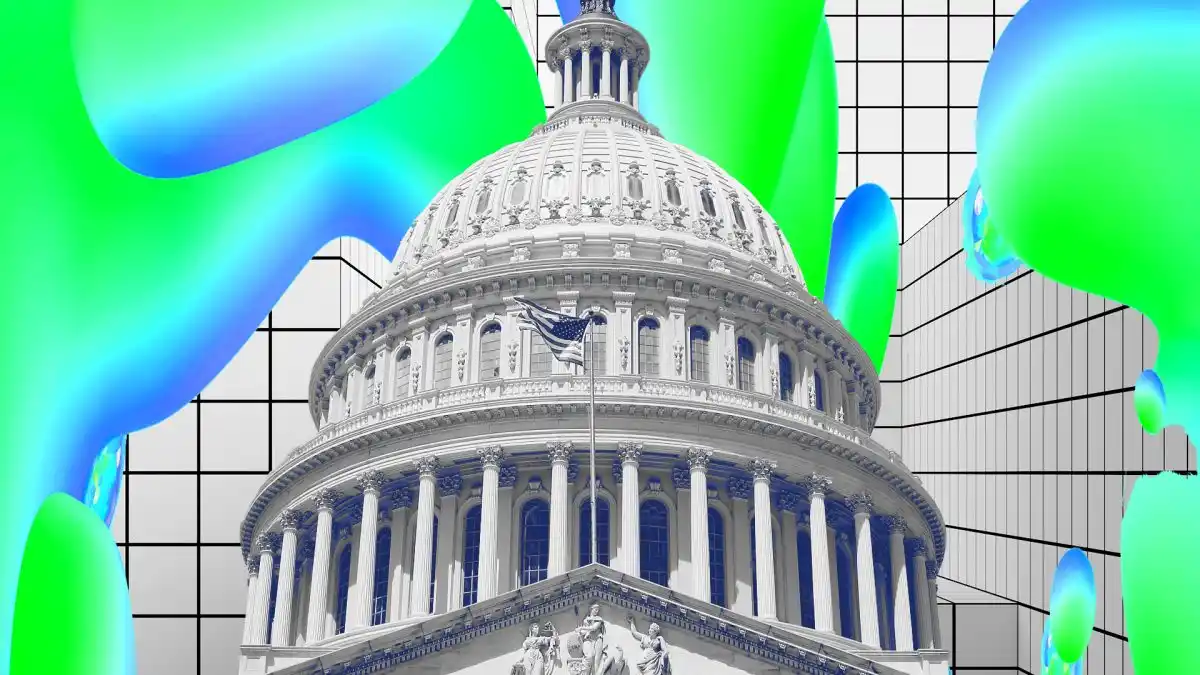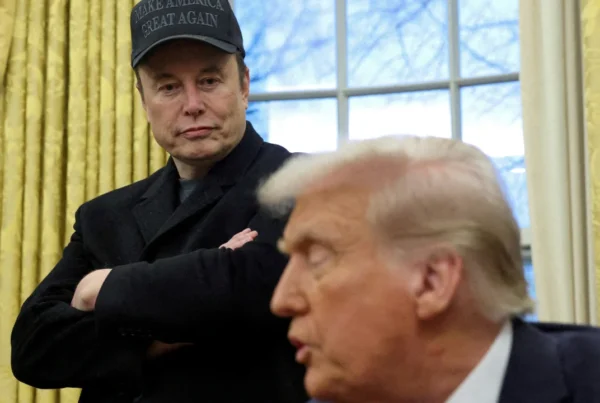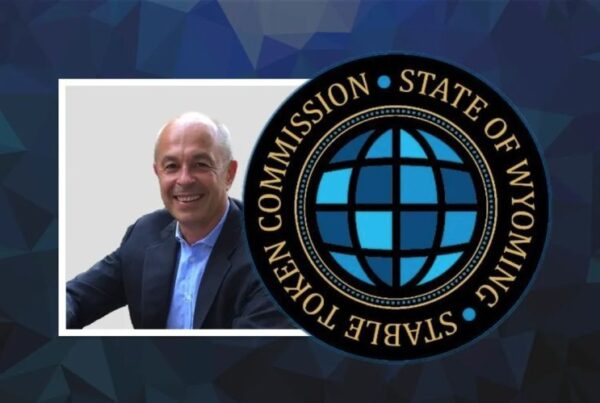Administration Advocates for Stablecoin Regulation to Bolster US Dollar
Introduction
The Trump administration has expressed a clear intent to regulate stablecoins, emphasizing their potential to strengthen the global dominance of the US dollar. This policy shift marks a significant acknowledgment of the role cryptocurrencies, particularly dollar-backed stablecoins, could play in the international financial landscape.
Policy Details
-
Focus on Stablecoins: The administration, through its crypto czar David Sacks, has signaled a plan to regulate and bring stablecoin markets onshore, focusing primarily on those pegged to the US dollar. This move is part of a broader strategy to maintain and enhance the dollar’s international standing.
-
Legislative Push: There’s an active effort to push forward legislation that would provide a regulatory framework for stablecoins. This includes the introduction of bills like the Guiding and Establishing National Innovation for U.S. Stablecoins (GENIUS) Act, aimed at licensing stablecoins tied to monetary value, typically the dollar.
Economic and Strategic Implications
-
Dollar Sovereignty: By promoting and regulating US dollar-backed stablecoins, the administration aims to extend the dollar’s influence internationally, countering the rise of other digital currencies or central bank digital currencies (CBDCs) from other nations.
-
Market Integration: Bringing stablecoin regulation onshore could integrate these digital assets into the mainstream financial system, potentially increasing their legitimacy and use within traditional finance sectors.
Market Reaction
-
Stablecoin Market: The announcement has led to a surge in interest around major stablecoins like Tether’s USDT and Circle’s USDC, especially given their significant share in the global stablecoin market.
-
Crypto Market Sentiment: This policy has been interpreted as a bullish signal for the crypto market, particularly for those assets that align with the administration’s goals. However, concerns persist about how this regulation might impact the broader, more volatile cryptocurrency ecosystem.
Challenges and Considerations
-
Regulatory Balance: The challenge will be to regulate stablecoins in a way that promotes innovation while also ensuring consumer protection and financial stability.
-
International Relations: Promoting US dollar-pegged stablecoins could strain relations with countries developing their own CBDCs or those looking to reduce reliance on the dollar.
Broader Context
-
Executive Orders: This policy follows executive orders that explicitly prohibit the development of a US central bank digital currency (CBDC), emphasizing private sector stablecoins as a preferred method for digital dollar circulation.
-
Political and Economic Strategy: The move reflects a strategic use of crypto policy to align with broader economic objectives, including maintaining dollar hegemony and supporting US financial technology innovation.
Conclusion
The Trump administration’s approach to stablecoin regulation indicates a nuanced strategy to harness the potential of cryptocurrencies to reinforce the US dollar’s global position. While this could stimulate growth in the stablecoin sector, the full ramifications on the crypto market, international finance, and regulatory landscapes are yet to unfold. The administration’s focus on stablecoins could set a precedent for how digital currencies are integrated into the global economic system.



